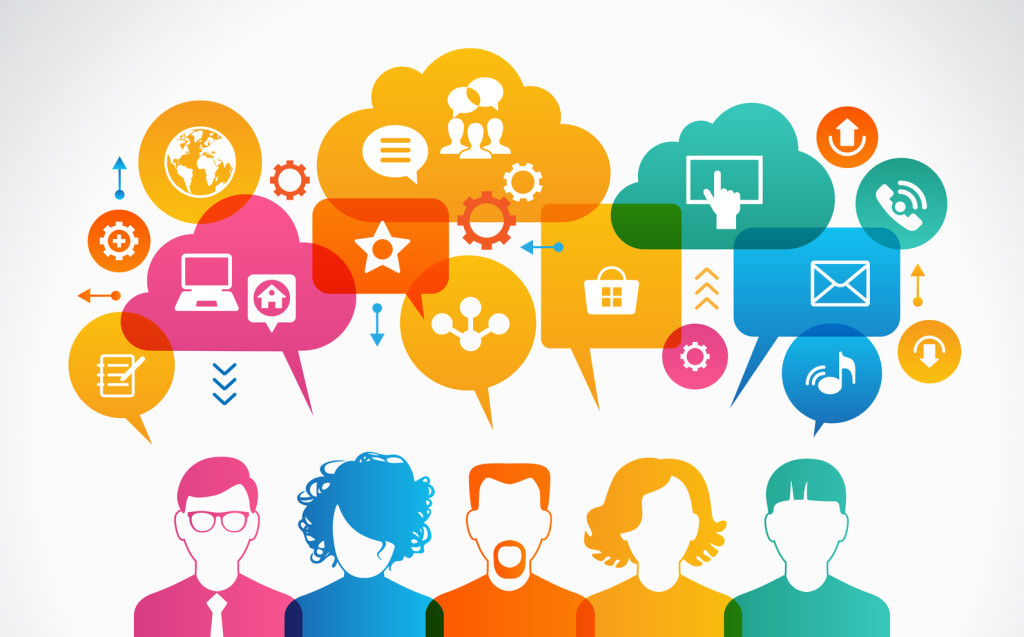Make your content relatable and actionable
The amount of content on the internet is infinite, and it’s been noted that users rarely read content in-full. If your content doesn’t reach your audience on a personal level, prepare to suffer from a high bounce rate. Content must be relatable and actionable to increase your customers’ attention spans.
First, you will need to find out what resonates with your audience and create a plan to boost it across all of your platforms. Once you’ve done that, you can start developing a plan of action. But what content tactics will engage an audience and encourage them to take the next step?

1.) Keep it simple
The best way to write content is to understand your readers could range from industry experts to amateurs and anywhere in between. If the piece of content you are creating is overly technical and industry jargon is necessary, make sure and explain it in easy to understand terms.
As we mentioned before, your audience suffers from a short attention span, so write for the skimmer, not the reader! Here’s a few tips:
• Use bullet points to break up long paragraphs
• Focus on clarity over jargon
• Link out important terms to Wikipedia or expert posts to provide more detailed explanations for terms you don’t cover
2.) Tell how to do, not what to do
Writing the “what” is a very on-the-surface content goal. Eventually, you or your reader will desire to delve deeper into the subject. If you want to be seen as a resource, you must discuss the “how” of your topic with your reader:
• Describe your personal processes and tools and explain how you use them to gain a competitive edge
• Give examples from your work and research and how you read the data
• List your resources and share how they helped you improve your knowledge or skill
3.) Include visuals
Showing visuals is one of the easiest and fastest ways to answer your reader’s questions (which appeals the short attention span we keep coming back to). Use graphs, screenshots of tools/buttons/ tabs you used, descriptive images or videos. Anything that will grab attention.

4.) Answer questions
Since Hummingbird, the web is geared more than ever toward answering users’ questions. During the writing process, think about the queries your audience might have and answer them in a short, to-the-point way. You readers will be happy and Google will be happy. And when Google is happy, you rank higher in search.
5.) Be innovative
Create your content in a wide range of formats and mediums, and be as unique and innovative as possible. Consider your content to be another form of branding yourself. Don’t hide behind your professional website – use innovative content to show users that your brand is personable, relatable, and human!
Want to learn more about how content marketing can improve your digital marketing strategy? Talk to Managing Director, Steve Ballantyne. e: steve@b2bpartners.nz
Or check out our ebook, The Superheroes of Digital Marketing, which features an entire chapter on content marketing alone!









